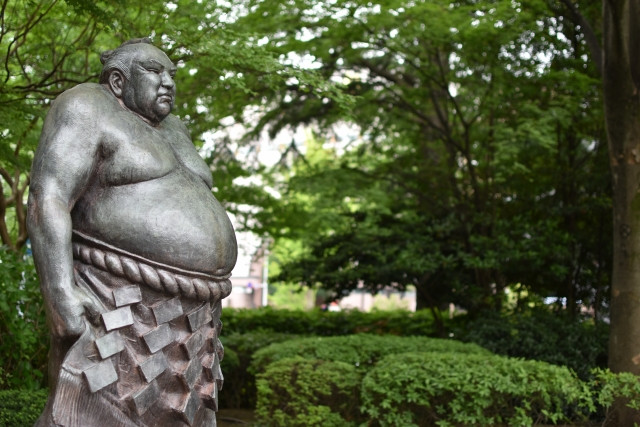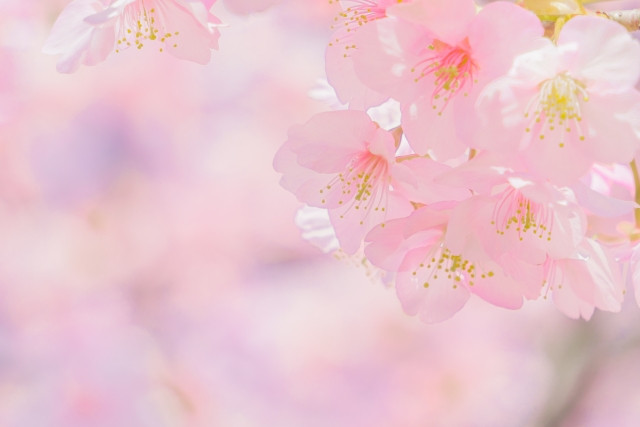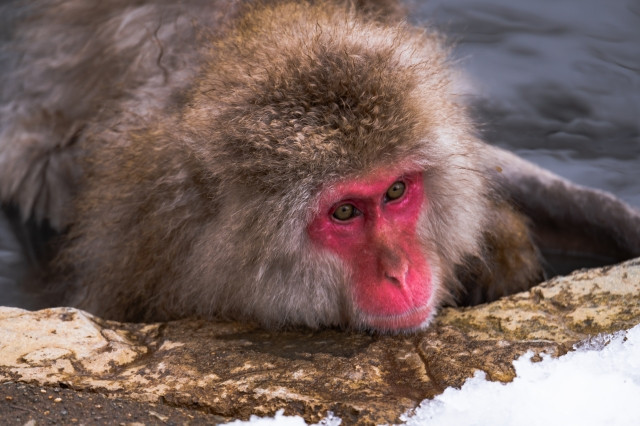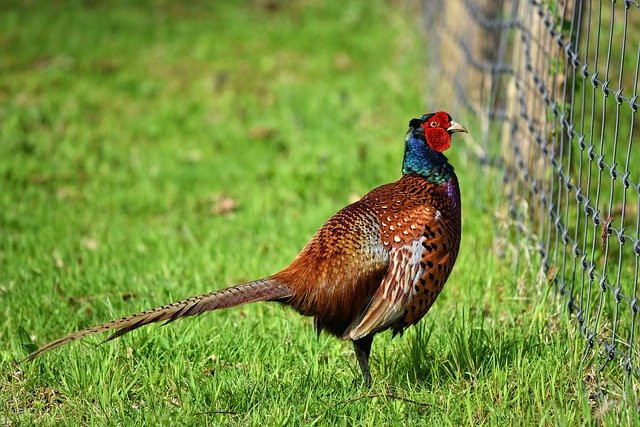Do you know what the national anthem of Japan is? How about the national flower or the national animal? Each country has their own national symbols and while some of Japan’s might be obvious, there may be some surprising ones!
Table of Contents
- The Origin of Japan’s National Symbols
- Japan’s National Anthem and National Flag
- National Sport
- Japan’s National Symbols in Nature: Flowers, Trees and Animals,
- Takeaway
The Origin of Japan’s National Symbols

The national symbols of Japan naturally have different dates of origin, from when they first became popular in Japan to when they were officially recognized. Some have been recognized for thousands of years already, while others were just recognized in recent centuries. However, one thing is for sure when it comes to these national symbols - they were recognized by the country and the people because of their significance and connection to Japanese history and culture. These national emblems represent the beauty and heritage of the country, its people, and their way of living.
Now, let us see some of the official and unofficial emblems of Japan. Only 2 of these are officially recognized by the law - the national anthem and the flag - while the others are “deemed official” by the government, an association or over the course of history and just widely accepted by the Japanese people as such.
Writer's Pick
Japan’s National Anthem and National Flag
The national anthem of Japan, “Kimi Ga Yo 君が代”, was only officially recognized by the government as Japan’s national anthem in 1999. However, the song itself has a long history before that. The national anthem translates to “His Imperial Reign”, referring to the emperor of Japan. The lyrics are said to come from a poem in the 10th century, and the melody itself was composed by Hiromori Hayashi in 1880.
In 1888, it was already recognized as the official anthem of Japan; however the song’s usage during World War 2 was controversial and still remains so today as some claim that it glorifies the war days. However, Japan was allowed to keep the song and it was officially reinstated as Japan’s national anthem in 1999. With only 5 phrases, it is also the shortest national anthem (although it used to be much longer). You will hear it at national sports events as well as at school events and such.
※ The Government of Japan, "National Flag and Anthem" ※ SHS Web of Conferences, "The origins of Japanese national symbols," p.3-4
Japan’s National Flag

Japan’s national flag is probably the simplest and most distinguishable flag around the world. A bright red circle in the middle of a white rectangle. The red circle in the flag represents a shining bright sun. This is attributed to Jimmu, the country’s first emperor, who claimed that the sun was his ally in battle and thus used it as a symbol. Many leaders followed suit, and it’s often seen in various designs on war flags throughout Japan’s history.
※ SHS Web of Conferences, "The origins of Japanese national symbols," p.2-3 ※ Encyclopædia Britannica, Inc., "Flag of Japan"
However, the present-day design of the Japanese flag we know of has only been formally adopted on August 13 1999, the same day as the national anthem as mentioned above, despite having been used for at least a century prior. The national flag of Japan called Hinomaru is respected and valued by its people for its simplicity and deep symbolism.
※ The Government of Japan, "National Flag and Anthem"
Read more about the national flag in our dedicated article:
The Hinomaru: Japan’s National Flag.
National Sport

Japan is a country of sports and is known for its world-class athletes. I’m sure you’ve heard of judo, karate, kendo and the like. Some would even say baseball is one of Japan’s national sports. However, the national sport in Japan is considered to be sumo wrestling. It not only started in Japan, but you can only be considered a professional in its home country as it’s not practiced on a professional level in any other place in the world. Being a professional sumo wrestler in Japan means devoting your life to the sport. Why? Because the daily activities of a sumo wrestler are highly supervised, from the way they dress and how much they eat.
To find out more about sumo and where it is practiced, check out our article Sumo Wrestling, Japan’s National Sport.
Japan’s National Symbols in Nature: Flowers, Trees and Animals,
Let’s have a look at Japan’s national symbols.
National Flowers
Chrysanthemum 菊 (kiku)

This beautiful flower is recognized as the official national flower of Japan as well as the Imperial Emblem of Japan. The Imperial Emblem of Japan is a golden chrysanthemum with 16 petals. It is one of the national seals of the country and is used by the Emperor and the members of the Imperial family. Aside from this, the Chrysanthemum Seal is also featured on the Japanese passport, as well as at shrines.
Today, there are over 300 kinds of chrysanthemum all over the country. Every September, there's a Chrysanthemum Festival held at shrines and temples, where you can see hundreds of them in one spot. Small ones have been a favorite decorative element in Japanese cuisine, so don’t be surprised if you see it on your tray during a sushi dinner or traditional kaiseki meal.
Cherry Blossom 桜 (sakura)

Were you surprised to see chrysanthemums instead of cherry blossoms as the official national flower? Technically, sakura are the unofficial national flower. Many tourists, both local and international, travel all over Japan just to experience its cherry blossom season in various locations. One of the draws is that they only bloom for a short time frame, making each day precious and fleeting. So you have to calculate the timing carefully for your visit! Cherry blossom trees are also commonly featured in anime, Japanese dramas and films. Due to its undeniable popularity, the cherry blossom has become an unofficial national flower of Japan.
Read more about different kinds of Japanese flowers including the national flowers here.
National Tree

The unofficial national tree of Japan is the Japanese cedar called 杉 sugi. This evergreen timber tree is indigenous to the country. They tend to be very tall and grand, and are a common sight at many shrines and temples in Japan. One of the best places to see a particular kind of sugi, Jomon Sugi, is Yakushima in Kagoshima. Sugi is also versatile. Its timber is used for different construction and wood products while its leaves are used in making incense. Many Japanese people who have seasonal allergies are said to be allergic to sugi pollen, but it’s hard to escape as they are planted all over the country.
※ Encyclopædia Britannica, Inc., "Japanese cedar"
National Animal

Japan has no official national animal. However, many people considered the Japanese macaques otherwise known as snow monkeys as Japan’s national animal. You’ve probably seen the photos of the monkeys taking a bath in the natural hot springs during winter. They also appear in many Japanese myths and folktales.
Read about going to see them in Nagano Prefecture and other things you can do there.
While there’s no official animal, there’s an official bird!
National Bird

The National Bird Society of Japan recognized the Japanese green pheasants or 雉 kiji as the country’s national bird in 1947. Kiji appear in popular folktales, the most popular probably being Momotaro, as a kiji accompanies Momotaro to defeat the demons terrorizing humans. Kijis are even mentioned in the two oldest history books in Japan.
Takeaway
There are so many interesting things to learn in Japan. Interesting things that reflect its amazing people, diverse culture, and rich history. So, if you are planning to visit the country, try looking for the symbols mentioned in this article and see for yourself how they play an important role in Japanese history and culture. And do some research too as there are many more symbols that represent Japan, such as Mount Fuji, koi fish as the national fish, and washoku as the national food.









.jpg)
























